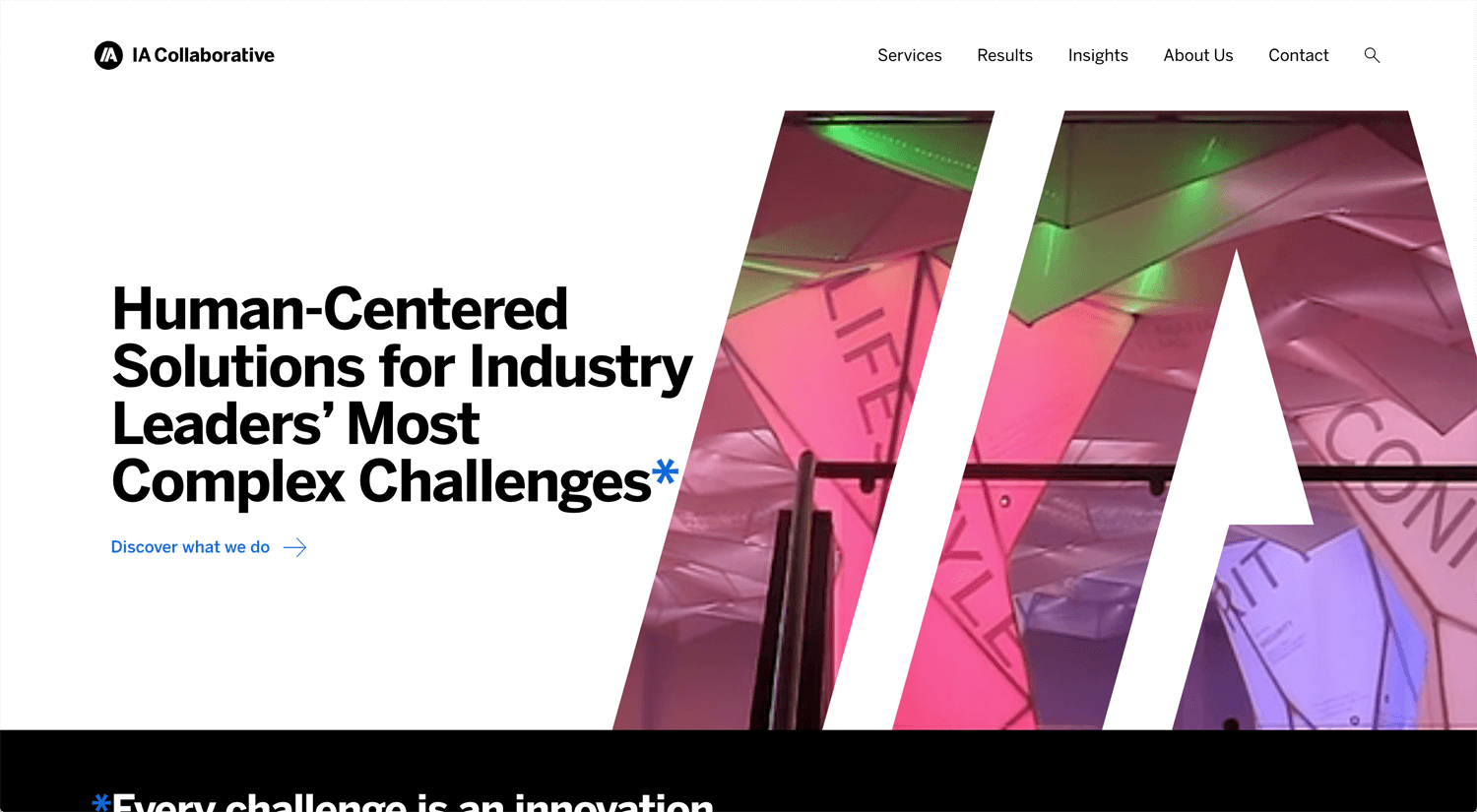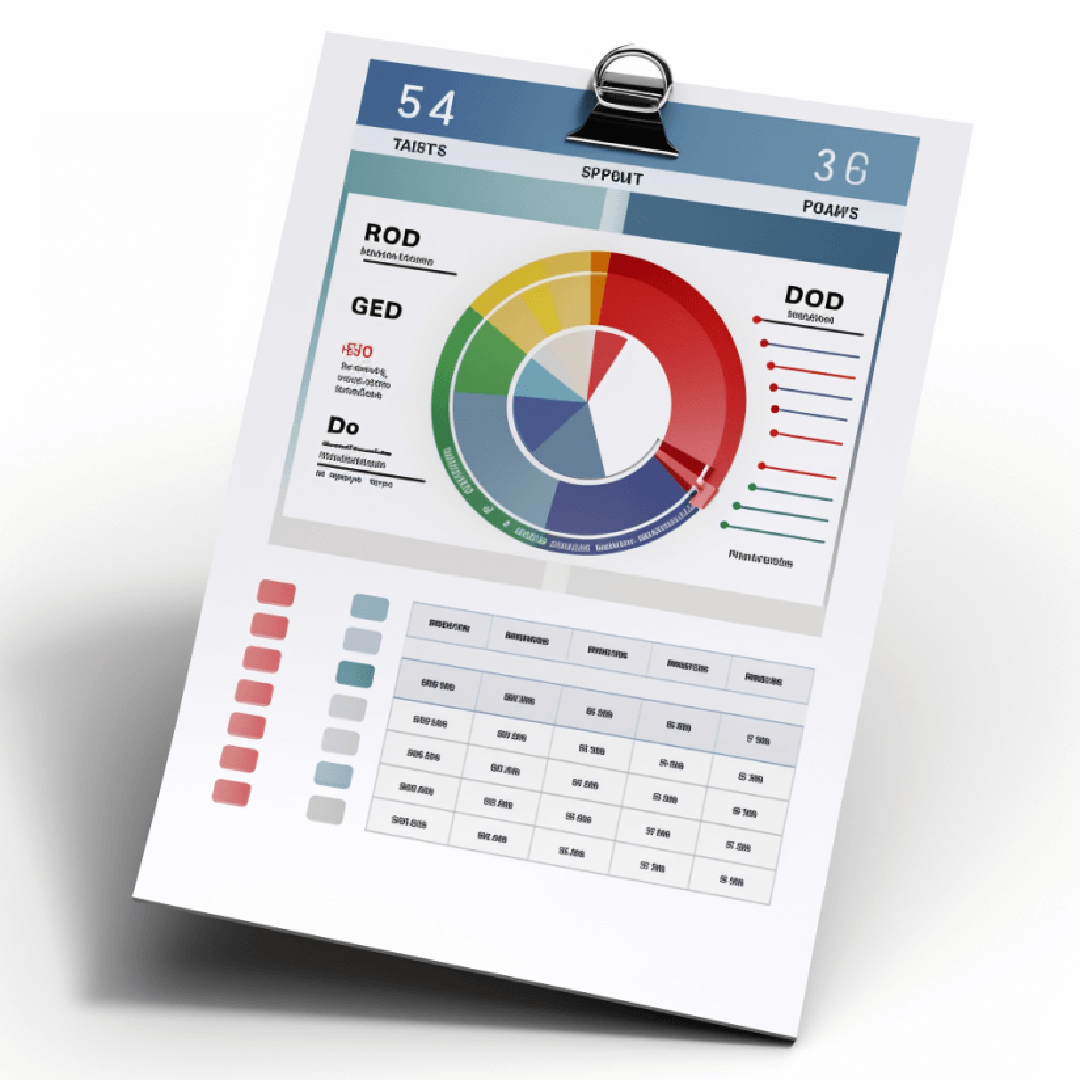Story: The value of graphic/web design design service in 2023
Simply creating graphics or websites from templates has diminished in value as clients can easily find numerous designers online, many of whom are based in Asia, particularly around India, offering services at minimal costs. Midjourney, Stable Defusion, and DALL·E 3 generate incredible graphic images. Canva is a user-friendly tool that integrates AI functions, enabling users to quickly generate graphics for their needs without the need for high-quality original designs each time, especially for marketing purposes.
When I explore design-related content on YouTube, the concept of design strategy frequently emerges. Design strategy combines creativity and strategic planning to craft innovative, user-centric solutions that align with business objectives, providing a competitive edge in a dynamic market.
I’m familiar with the design sprint methodology, a focused, time-limited workshop lasting approximately five days, where cross-functional teams collaborate to define problems, brainstorm solutions, create prototypes, and conduct user testing. This structured approach empowers organizations to swiftly validate ideas, mitigate risks, and expedite product development or innovation.
To clarify, clients increasingly seek designer’s advice, recognizing its greater value beyond the mere creation of designs. I possess a foundational understanding of design strategy and have applied design thinking to a client’s project. My goal is to further refine the design process.
What is the design strategy?
Brand strategy is building a bridge between business goals and creative execution.
Design strategy is a systematic and holistic approach to using design principles and methodologies to achieve specific business goals or solve complex problems. It involves the intentional integration of design thinking, creativity, and strategic planning to create products, services, and experiences that are not only visually attractive but also functionally effective, user-friendly, and aligned with an organization’s broader objectives.
Key aspects of design strategy include:
Alignment with Business Objectives:
Design strategy should be closely aligned with an organization’s overall business goals. It ensures that design efforts contribute to achieving strategic objectives, such as improving market competitiveness, increasing revenue, or enhancing brand perception.
User-Centered Focus:
Design strategy often places a strong emphasis on understanding and empathizing with the end-users, their needs, and their experiences. This user-centered approach ensures that products or services are designed to meet the actual requirements and preferences of the target audience.
Innovation and Creativity:
Design strategy encourages creative problem-solving and innovative thinking. It seeks to find unique and novel solutions to challenges, which can set a company apart from competitors.
Iterative Process:
Design strategy often involves an iterative and flexible process. It includes stages of research, ideation, prototyping, testing, and refinement, allowing for continuous improvement and adaptation based on feedback.
Holistic Approach:
It takes into consideration all aspects of design, including graphic design, industrial design, UX (user experience) design, service design, and more. This holistic approach ensures that the entire customer journey and product or service lifecycle are considered.
Long-Term Vision:
Design strategy goes beyond short-term goals and considers the long-term impact of design decisions. It aims to create sustainable and enduring solutions that stand the test of time.
Communication and Branding:
Design strategy also encompasses brand identity and communication. It helps in creating a consistent and compelling brand image that resonates with the target audience.
Collaboration:
It often involves interdisciplinary collaboration between designers, strategists, marketers, engineers, and other professionals to leverage diverse perspectives and expertise.
In summary, design strategy is about using design as a strategic tool to drive innovation, improve user experiences, and achieve business objectives. Whether applied to product development, service design, branding, or any other area, it plays a crucial role in today’s competitive business landscape by creating differentiation and delivering value to customers.
What is the strategic design process?
The strategic design process is a creative and analytical approach to problem-solving that integrates design thinking and strategic planning to develop innovative solutions for complex challenges. It combines the principles of design with strategic thinking to create a holistic approach to problem-solving and innovation. Here is an overview of the strategic design process:
Understanding the Problem:
• Define the problem or challenge: The first step is to clearly define the problem or opportunity you want to address. This involves research and analysis to gain a deep understanding of the issue.
Research and Analysis:
• Gather data and insights: Conduct research to collect data, insights, and relevant information related to the problem. This might involve market research, user research, competitive analysis, and trend analysis.
• Identify stakeholders: Identify all relevant stakeholders, including end-users, customers, employees, and partners, and understand their needs and perspectives.
Ideation and Creativity:
• Brainstorming: Engage in creative brainstorming sessions to generate a wide range of ideas and potential solutions.
• Design thinking: Apply design thinking principles to empathize with end-users, define their needs, ideate, prototype, and test solutions.
Concept Development:
• Evaluate and prioritize ideas: Assess the feasibility, viability, and desirability of the generated ideas and prioritize the most promising concepts.
• Create design concepts: Develop design concepts that address the problem while taking into account the insights gathered during research.
Strategic Planning:
• Define objectives: Clearly articulate the strategic objectives and goals that the design solution should achieve.
• Develop a strategy: Create a strategic plan that outlines the steps, resources, and timeline needed to implement the design solution successfully.
• Consider risk and contingencies: Identify potential risks and develop contingency plans to mitigate them.
Prototyping and Testing:
• Create prototypes: Build prototypes or mock-ups of the design concept to visualize and test the solution.
• User testing: Gather feedback from end-users through testing and iterate on the design based on their input.
Implementation:
• Develop an implementation plan: Outline the steps and resources required to implement the design solution, including design production, manufacturing, or software development.
• Execute the plan: Put the design solution into action, monitoring progress and making adjustments as necessary.
Evaluation and Feedback:
• Assess the impact: Evaluate the performance of the implemented solution against the defined objectives and gather feedback from users and stakeholders.
• Iteration: Use the feedback and insights to make improvements or refinements to the design and strategy as necessary.
Communication and Alignment:
• Communicate the results: Share the outcomes and results of the strategic design process with stakeholders, clients, or the organization.
• Ensure alignment: Ensure that the design solution aligns with the overall strategic goals and vision of the organization or project.
Scaling and Sustainability:
If the design solution proves successful, consider how it can be scaled up and sustained over the long term.
The strategic design process is iterative, and it encourages creative problem-solving while aligning design efforts with broader strategic objectives. It’s a flexible and adaptable approach that can be applied to various fields, including product design, service design, organizational strategy, and more, to foster innovation and meaningful change.
DESIGN STRATEGY: Solving Business Challenges Through Design
©Butler Branding Agency
Discovery session
– Learn business (business model, value proposition, outcome…)
– Understand user (age, gender, location, habit, user journey…)
– Define brand (brand attribute, voice, differentiation…)
– Prioritize goal (touch point…)
Learn Brand Strategy In 17 Minutes (2023 Crash Course)
©Brand Master Academy
1 Uncover Your Core
2 Develop Your Buyer Personas
3 Weigh Up The Competitive Brands
4 Forge your differentiation Strategy
5 Define your strategic market position
6 Align your brand archetype
7 Shape your brand personality strategy
8 Find your brand voice and tone
9 Define your brand messaging framework
10 Craft your brand storytelling framework
11 Design your brand identity system
12 Define your marketing plan
✅ Key questions for brand strategy
01. What’s the problem? (Why we are here?)
02. Who is our target audience, and what are their needs? (customer pain point)
03. How do we solve it? (What’s the offer?)
04.0 What makes us different? (Why does a target audience choose us?)
04.1 What is our unique selling proposition (USP) or competitive advantage?
05. What is our brand’s personality or character?
Extra Questions
Who is your ideal customer?
Who are your competitors?
How do you impact your clients?
Why do clients trust you?
Five words describing you
What needs improvement in your current brand?
Brands you admire
Customer touch point
Defining your brand’s voice
Conclusion: Design is a visual language
When I work with a local branding agency, they go through a design planning process. I look at all the documents before I start designing. While not all the information is essential, as a designer, it’s crucial for me to understand what was discussed. This understanding guides me in knowing what needs to be done and, equally importantly, what to avoid.
Design strategy is a valuable approach for freelance web and graphic designers. It combines creativity and strategic thinking to create solutions that not only look good but also meet client objectives. It sets you apart in a competitive market, enhances client communication, and positions you as a valuable partner. Emphasizing design strategy can help freelancers thrive in a saturated online landscape.
Reference:
NN/g: UX Strategy: Definition and Components
Design Strategy Guide: The ultimate introduction to Design Strategy
IDEO U: Designing Strategy

